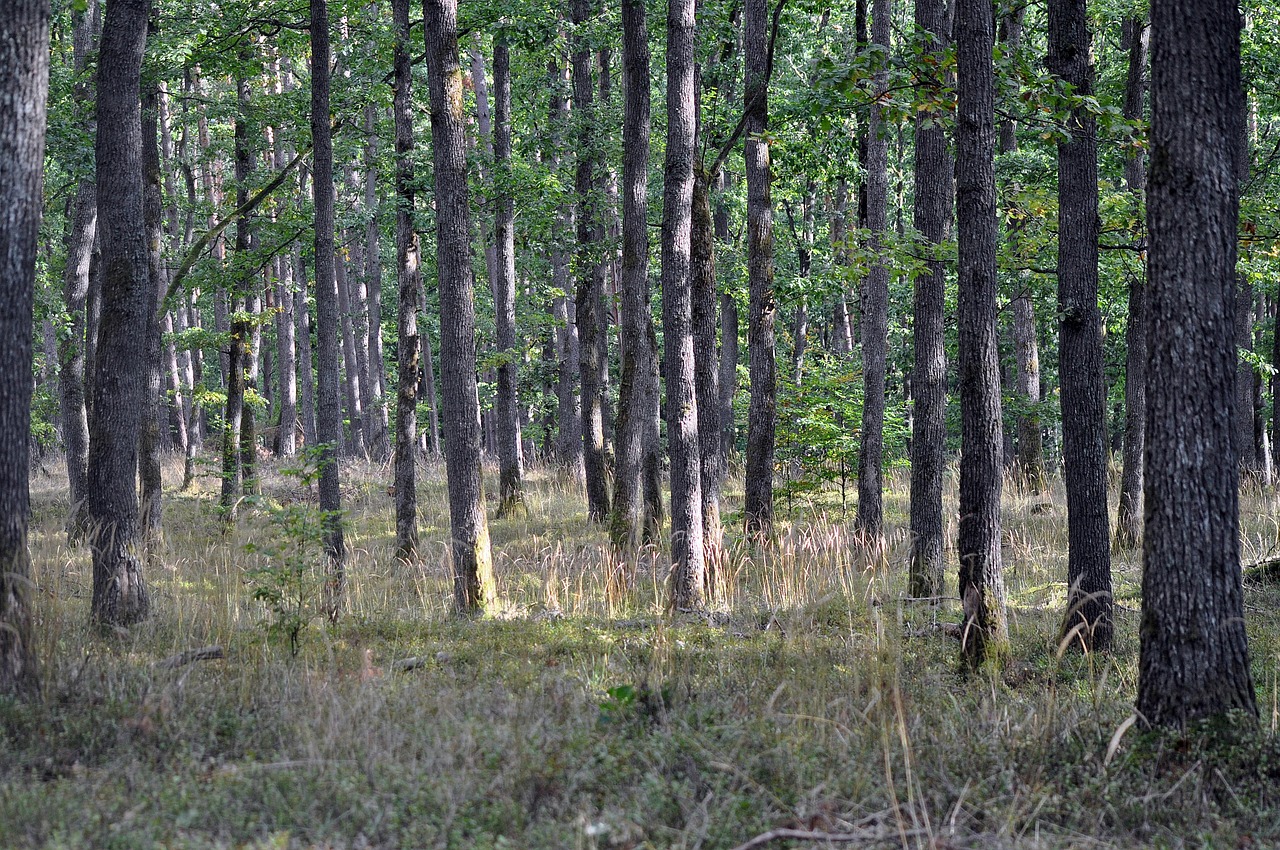 |
| French oak forest |
For a long time, I've been curious about the relationship of wine and wood, more specifically wine and oak.
Does wine taste better, or different, after spending time in oak?
The sensible answer, of course, is that it's a matter of personal taste. Yet, there is an undeniable symbiosis that occurs, when wine meets oak. Some consumers find that meeting attractive and others can take it or leave it, preferring the varietal personality and flavor of a wine sans oak.
A very little history of wine and wood. Thousands of years ago, tradesmen in Armenia, shipped wine down the Tigris river in palm wood containers. In the years since, wine has been stored and shipped in all manner of wood, including acacia, chestnut, cypress, ash, pine, beech, oak, redwood, popular and eucalyptus.
Winemakers used whatever wood was available locally: redwood in California, evergreen beech in Chile. Then, in the mid 20th century, the world wine community, led by France, settled on oak as the most compatible wood with wine.
An often heard maxim is, "Good wine begins in the vineyard." Vintage after vintage, winemakers prefer Chardonnay from the same vineyard, even the same rows, because they like the continuity they get, year after year. That continuity is important, whether you're making Chardonnay in California or in Burgundy, or another wine from anywhere else.
Unfortunately, most wine making decisions and techniques are not known to the consumer. What happens, though, is a sensory alert stimulates the palate, telling the taster that this style of wine is what I like.
Some wines seem to taste better with a little oak, such as Chardonnay. The popular wine is the best (though not the only) wine to explain the conundrum of oak or no oak. Your senses would have to be dead not to be able to tell the difference between a Chardonnay that has not seen oak and one that has been fermented and/or matured in oak.
Uncork a California Chardonnay and the scent of new oak rises from the glass and slaps you in the face, while the presence of oak in Burgundy is more subtle and integrated. Racking a Chardonnay (or any wine) into a new barrel, with a toasted interior, and there's an assertive oakiness that is hard not to notice.
In recent years, over oaked California Chardonnays have taken a beating from consumers and wine writers. Winemakers met the criticism by backing off the percentage of new oak, but there still is too much new oak in many Chardonnays.

California Chardonnays are often fermented and aged in French oak, essentially delivering a double hit of oak to the wine, usually with some percentage of it new. Burgundian winemakers are likely to use less new oak in white wine, which for the consumer means a more pleasing balance between oak and wine.
New oak has an assertiveness that masks the fruit aromatics and flavor. It takes time for fruit and oak to come into balance.
The length of time the wine stays in the barrel, plus the toast level, can make a big difference. Or, maybe the difference is the winemaker's talent for matching the potential quality of the wine with the measurable quality of the harvest.
There are other times when a wine benefits from contact with oak. Fermenting in oak, rather than stainless steel, gives the wine a more tactile mouth feel and texture. Maturing a wine in once-used oak imparts an oaky nuance, allowing the essential fruit to show through.
For the winemaker, it's a matter of balance between varietal characteristics, desired aging time and wine making skill.
For you, the wine consumer, the question of oak or no oak, is a matter of personal taste.
Pixabay photos
Next post: Vino from Southern Italy
Leave a comment at boydvino707@gmail.com


